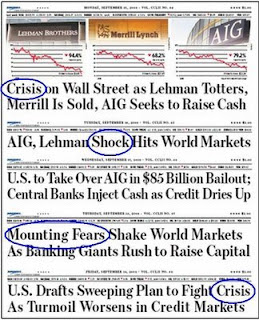
Launched just before Christmas 2006, HallmarkMagazine.com provided a web platform with promising quality content directed largely to a female audience (35+). Sadly, less than three years later, Hallmark made a decision to cease publication of both print and web versions in light of “difficult economic times”.
Pulling the plug on a publication that exhibited healthy circulation growth (the print version grew from 400,000 to 800,000) coupled with a steady increase in ad pages baffles us.
Donald Hall, Jr., Hallmark’s CEO said that despite the favorable response, the privately held firm “cannot justify continued investment in the magazine at a time when we must focus our efforts and resources only on those projects that will lead to long-term profitable revenue growth”
Huh?? Read that again. The magazine doubles its growth while others slide and he doesn’t consider that a wise investment of resources? What remains is Hallmark.com, an e-commerce site selling physical cards and Hallmark trinkets.
Cards that are delivered by “snail mail”, a lopsided strategy offered to a digital audience, makes less sense than shuttering the magazine. Hallmark simply does not understand its future market. We suspect that this brick and mortar company will eventually revert back to the safety of its stores, abandoning the digital arena altogether.
From the leadership at Hallmark ….
“Into the Future” …. Back to the Past
“While the next chapter of Hallmark's history is yet to be written, as the third generation approaches the company's centennial, Hallmark is both extending the brand into new businesses and infusing already-successful product categories with innovation. Like the family leaders before them, Don and Dave Hall continue to ensure that the essential human need to connect with others is fulfilled by the products and services that Hallmark offers – whether it is greeting cards, television shows or future opportunities yet to unfold.”
JC Hall (founder) must be turning in his grave!
 The Halls (CEO/Center)
The Halls (CEO/Center)



















